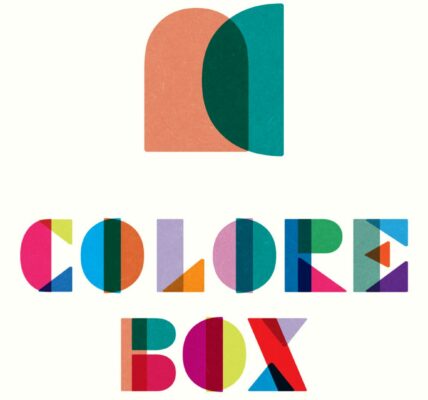Logos are everywhere, from the iconic swoosh of Nike to the golden arches of McDonald’s. These symbols have become an integral part of our daily lives, but have you ever wondered about the history of logos and how they have evolved over time? In this article, we will take a journey through the rich history of logos, tracing their origins and development into the powerful branding tools we know today.
Ancient Beginnings
The concept of a logo is not a recent invention. In fact, logos have ancient origins dating back to civilizations like the Egyptians, who used hieroglyphics and symbols to represent their identity and values. These early logos served as a means of communication and identification, helping people recognize different tribes, goods, and services.

The Medieval Guilds
As society evolved, so did logos. In medieval Europe, guilds and trade organizations began using logos, known as “marks,” to distinguish their craftsmanship and quality. These marks were often highly intricate and served not only as branding but also as a sign of a guild’s legitimacy and standards.
The Renaissance and Printing
The invention of the printing press in the 15th century marked a significant shift in logo design. The ability to mass-produce images led to the widespread use of logos by businesses, tradesmen, and even governments. During the Renaissance, logos became more ornate and detailed, often featuring intricate illustrations and heraldic symbols.
The Industrial Revolution
The 18th and 19th centuries brought about the Industrial Revolution, which transformed the world of logos. As products and services became more commoditized, businesses needed a way to distinguish themselves from their competitors. This led to the birth of modern branding and logo design. Logos during this era were often simple, featuring the company’s name and occasionally a basic symbol.
The Birth of Modern Logos
The early 20th century saw the emergence of graphic design as a profession, and with it, the rise of iconic logos. Companies like Coca-Cola, Ford, and IBM created memorable logos that are still recognized today. These logos were typically text-based and aimed to convey a sense of trust and reliability.
The Golden Age of Logos
The mid-20th century marked the golden age of logos, with the explosion of television and advertising. Companies like McDonald’s and Pepsi introduced colorful, eye-catching logos that used symbolism to create a powerful emotional connection with consumers. These logos were often accompanied by catchy slogans and jingles, making them even more memorable.
The Digital Revolution
With the advent of the internet and digital technology, logos underwent another transformation. Logos had to adapt to the constraints of different screens and platforms. Simplicity became crucial, and many logos evolved to be more streamlined and versatile. Recognizable icons like Apple’s apple and the Twitter bird became synonymous with the companies they represented.
Logos in the 21st Century
Today, logos continue to evolve in response to changing consumer preferences and technological advances. Flat design, minimalism, and responsive logos are all trends in contemporary logo design. Logos are not only a mark of identity but also a powerful tool for conveying a brand’s personality and values.
Conclusion
In conclusion, the history of logos is a journey that spans thousands of years, from ancient symbols to the digital age. Logos have evolved from basic marks of identification to powerful tools for branding and communication. They have adapted to changing technologies, cultural shifts, and consumer preferences, reflecting the ever-evolving nature of our world.
As we move further into the 21st century, it will be fascinating to see how logos continue to evolve and adapt to an increasingly digital and globalized world. One thing is certain: logos will remain a fundamental part of our visual landscape and a key element in the world of branding and design.





